Choosing the best heating system for your house is not a decision to be taken lightly. With the potential to last anywhere from 10 to 20 years, it's essential to explore all your options before making a commitment. Additionally, heating bills can account for a significant portion of your overall energy costs, making it even more crucial to select the right system for your home.
Ducted Home Heating Systems
Ducted heating systems, also known as "central heating," utilize a central heat source that distributes warmth throughout your home via a network of ducts or pipes. There are three main types of ducted home heating systems to consider:
Furnace
A furnace works by blowing heated air through ducts, which is then delivered to different areas of your home through grates or grills. Furnaces are the most commonly used heating systems in the United States, primarily because they can share ductwork with air conditioning units, creating a comprehensive HVAC system.
Furnaces are compatible with various fuel sources, including gas (natural or propane), electricity, or oil. Depending on the furnace and fuel source, you can achieve impressive annual fuel-utilization-efficiency (AFUE) ratings of up to 96 percent, meaning that up to 96 percent of the energy used is converted into heat.
However, furnaces can be expensive to purchase and install, and they may not be as energy-efficient as other central heating systems. It's crucial to compare the difference between a heat pump and a furnace before making a purchase.
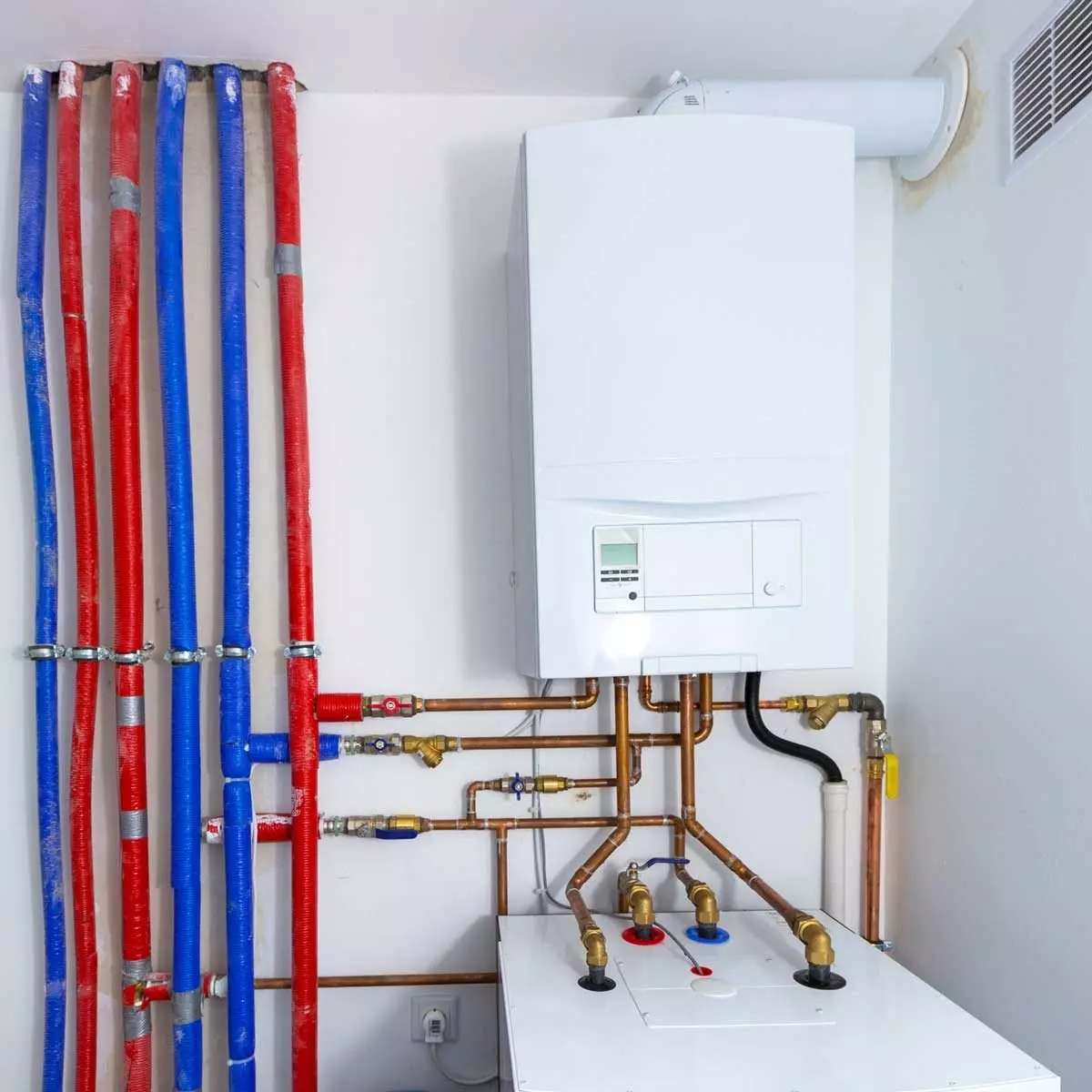 Gas Boiler - Image Source: Patryk_Kosmider/Getty Images
Gas Boiler - Image Source: Patryk_Kosmider/Getty Images
Boiler
A boiler heats water in a tank and distributes the heat through a series of pipes to radiators located in different rooms of your home. There are two types of boilers: hot water boilers, which keep the water in a liquid state, and steam boilers, which heat the water until it becomes steam.
Unlike furnaces that rely on convection, boilers use radiant heat, which is more energy-efficient. Similar to furnaces, boilers can be fueled by gas, electricity, or oil. However, boilers only provide heating and cannot be used for cooling since they do not use ductwork that can be shared with an air conditioning appliance.
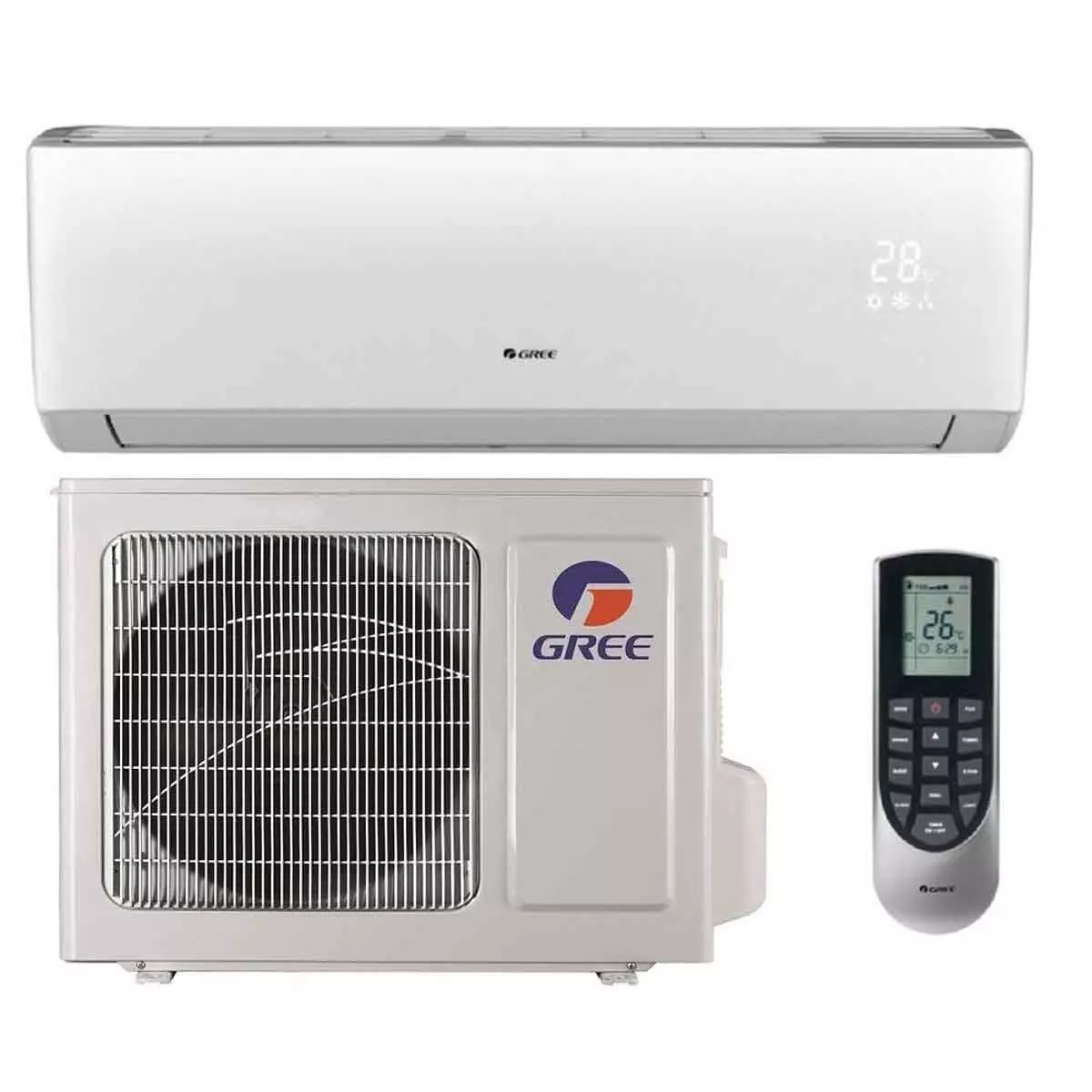 Geothermal Heating System - Image Source: ser_igor/Getty Images
Geothermal Heating System - Image Source: ser_igor/Getty Images
Heat Pump
Contrary to what the name suggests, heat pumps are capable of both heating and cooling. They consist of an indoor and outdoor unit, each with coils that circulate refrigerant to absorb heat energy from the air. In heating mode, the heat pump captures warm outdoor air and pumps it indoors, while in cooling mode, it captures warm indoor air and pumps it outside.
Heat pumps are highly energy-efficient since they move heat instead of generating it, and they are often more affordable to purchase and install compared to furnaces or boilers. However, they are exclusively powered by electricity and may not operate as efficiently or effectively when the temperature drops below 30 degrees Fahrenheit.
 Gas Boiler - Image Source: ser_igor/Getty Images
Gas Boiler - Image Source: ser_igor/Getty Images
Ductless Home Heating Systems
Ductless heating systems, as the name implies, provide heating without the need for ducts or pipes. Instead, they focus on heating individual rooms or living spaces rather than the entire house.
Mini-split Heat Pumps
A mini-split, also known as a "ductless" heat pump, functions similarly to a regular heat pump but does not rely on ductwork in the walls. It consists of an indoor and outdoor unit, with the indoor unit typically mounted on the wall of a room and connected to the outdoor unit through a small pipe.
The absence of ductwork makes mini-split heat pumps easier and more cost-effective to install. While they cannot heat and cool an entire home, multiple indoor units can be connected to a single outdoor unit, allowing for zoned heating.
 Ductless Air Conditioner - Image Source: via homedepot.com
Ductless Air Conditioner - Image Source: via homedepot.com
Window AC With Heat
Window air conditioning and heating units, like mini-splits, use coils filled with refrigerant to either capture hot air and send it outside for cooling or send it inside for heating. These units are self-contained and can be mounted on an open window, eliminating the need for additional pipes.
Window AC with heat units are an affordable option and have minimal installation costs. However, they may not be suitable for heating or cooling larger rooms like mini-splits can, and their appearance may not be pleasing to everyone, especially in neighborhoods with strict homeowners associations (HOAs).
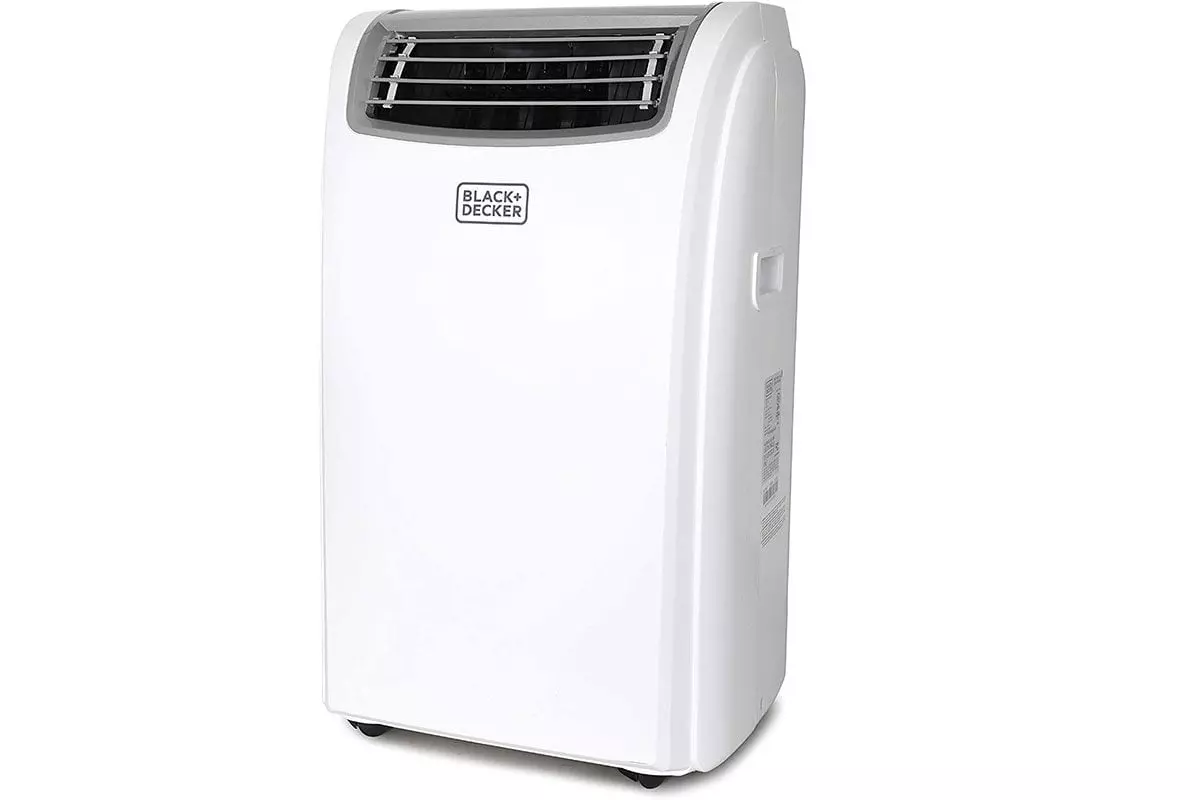 Window Air Conditioner - Image Source: imagedepotpro/Getty Images
Window Air Conditioner - Image Source: imagedepotpro/Getty Images
Portable AC With Heat
Portable AC and heating systems are free-standing units placed on the floor instead of being mounted on a window. They use one or two intake/exhaust pipes to exchange indoor and outdoor air, eliminating the need for refrigerant. These units are usually lightweight, compact, and easy to move from room to room, and some even come with wheels.
Although more versatile than window AC units, portable systems are typically more expensive and have lower heating and cooling capacities. They may also take up a significant amount of floor space.
 Portable Air Conditioner - Image Source: via amazon.com
Portable Air Conditioner - Image Source: via amazon.com
Direct Home Heating Systems
Direct heating systems emit heat directly from the heating element without relying on ducts, pipes, or exchanges with outdoor air.
Electric Space Heaters
Electric space heaters plug into standard electrical outlets and use that energy to warm internal heating elements, generating heat. There are three types of electric space heaters: convection, radiant, and combination. Each type varies in energy efficiency, affordability, and heat generation. Additionally, electric space heaters are available as wall-mounted or free-standing units.
While electric space heaters are typically the most affordable option, they are often the least energy-efficient and have lower heating capacities.
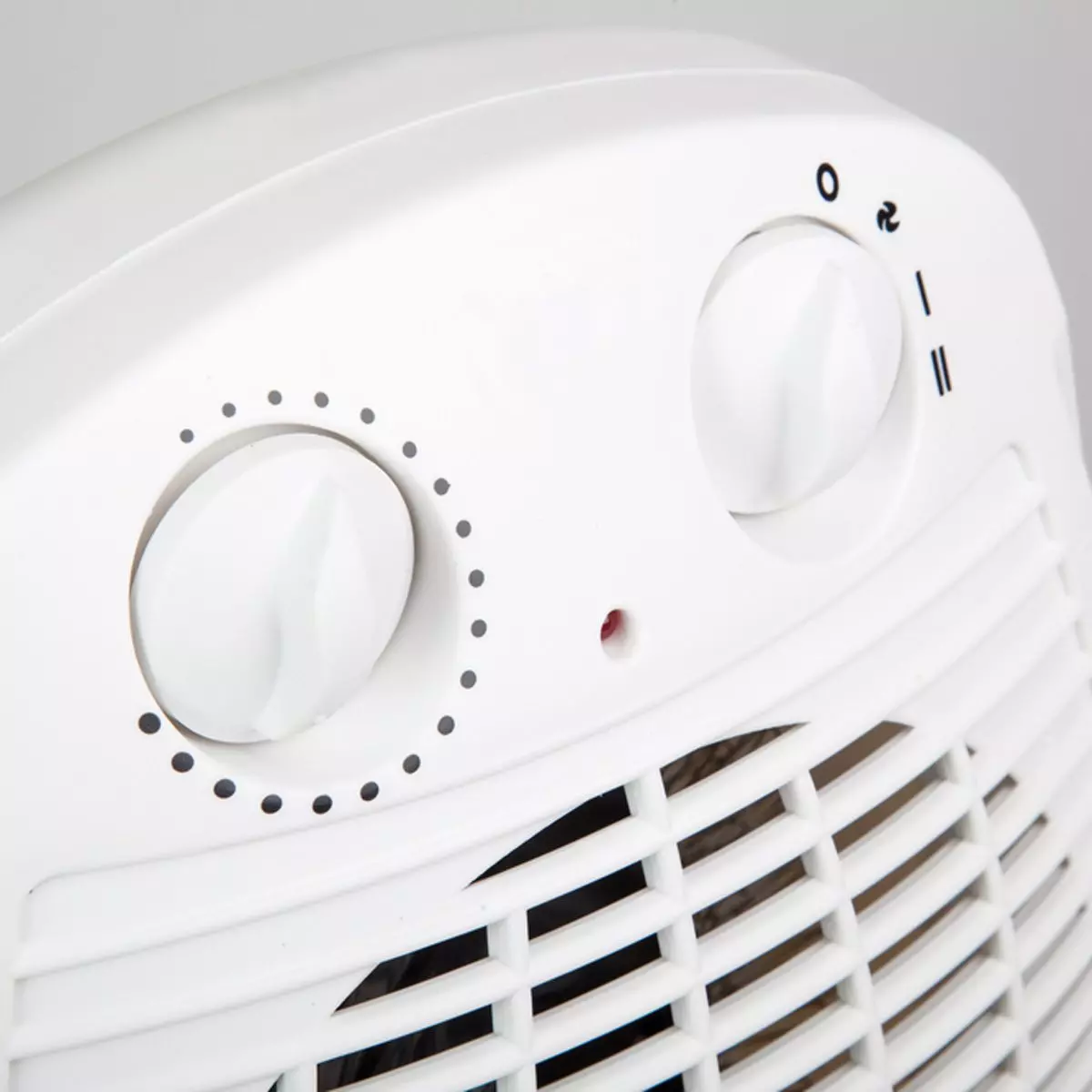 Electric Space Heater - Image Source: Michael Dechey/Shutterstock
Electric Space Heater - Image Source: Michael Dechey/Shutterstock
Gas-Fired Space Heaters
Gas-fired space heaters utilize propane, natural gas, or kerosene to produce heat. They can be free-standing or wall-mounted and are capable of generating much more heat than electric space heaters. Gas-fired heaters are often considerably more energy-efficient as well.
However, gas-fired heaters are generally more expensive, and their installation may require vent pipes to release combustion gases outdoors. It's important to be aware of potential risks, such as carbon monoxide poisoning, especially when considering ventless systems.
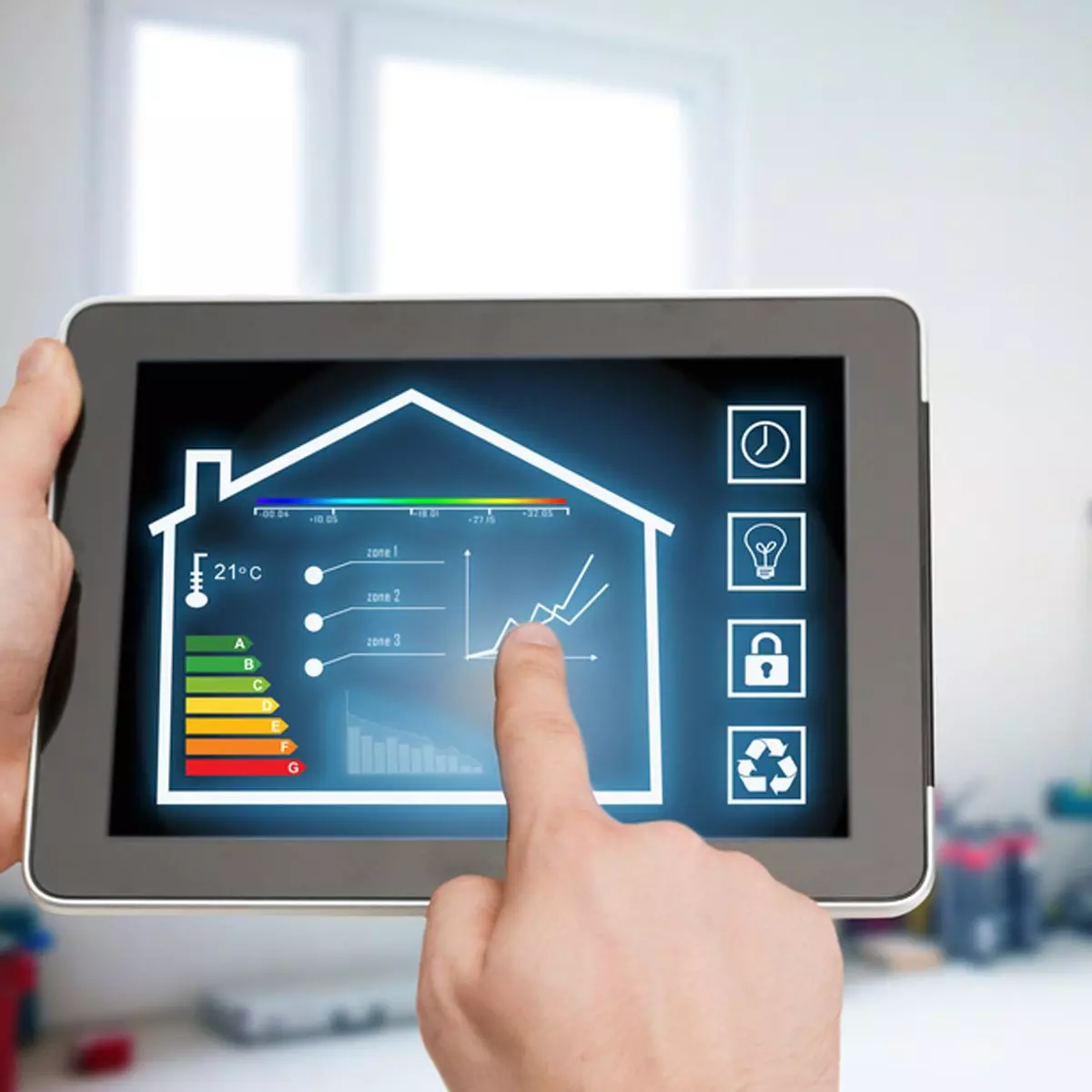 Bluegrass Living Propane Gas Space Heater - Image Source: via merchant
Bluegrass Living Propane Gas Space Heater - Image Source: via merchant
How to Choose the Best Home Heating System
The best heating system for your home depends on various factors, including whether you need to heat the entire house or only specific areas, the climate region you live in, the presence of existing ductwork or pipes, available space for a central heating system, budget, and energy-efficiency requirements.
 App-Based Scheduling Heating and Cooling Thermostat - Image Source: Syda Productions/Shutterstock
App-Based Scheduling Heating and Cooling Thermostat - Image Source: Syda Productions/Shutterstock
By carefully considering these factors and understanding the pros and cons of each heating system, you can make an informed decision that best suits your needs and preferences. Remember, choosing the right heating system can significantly impact your home's comfort and energy costs in the long run.

















